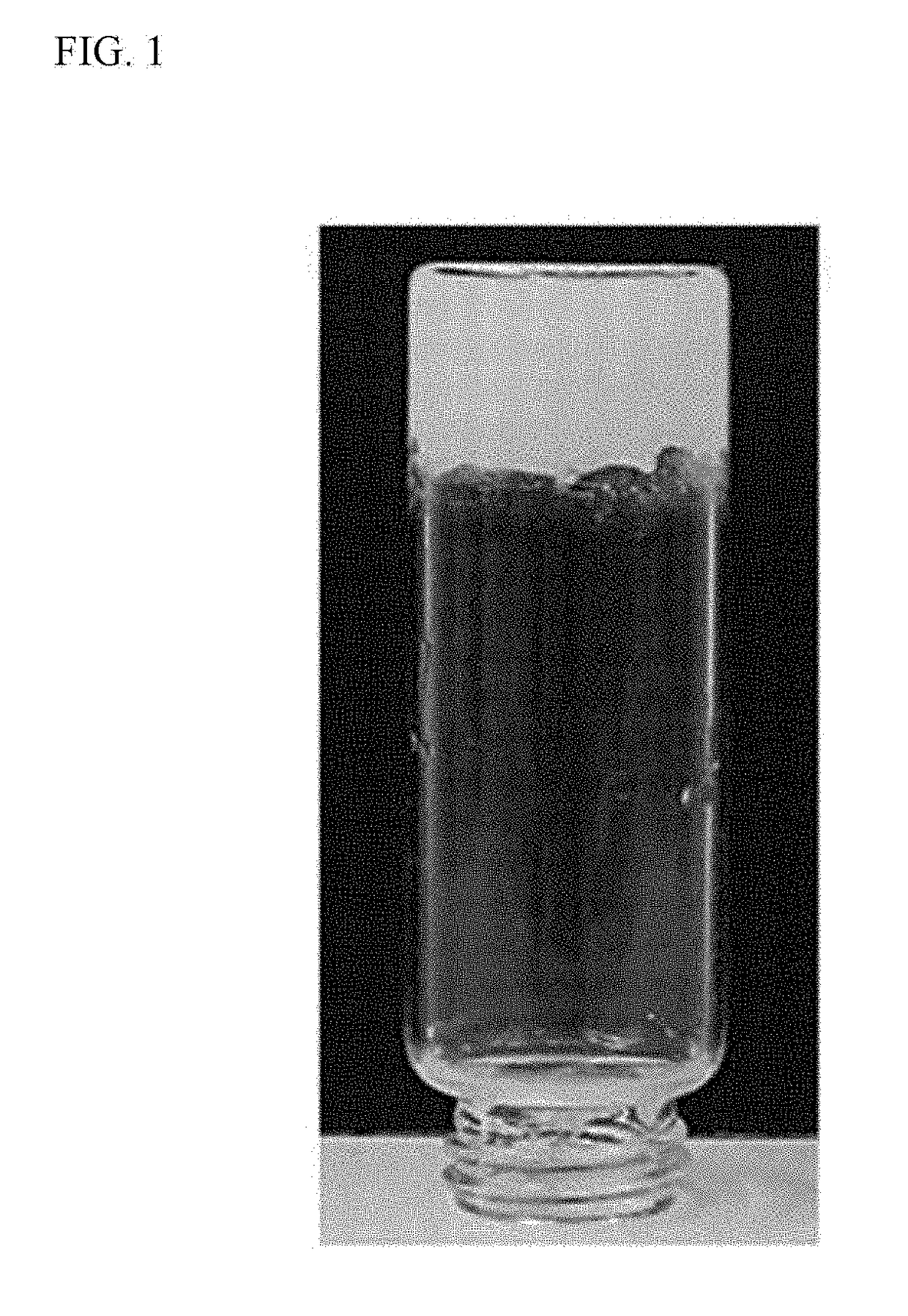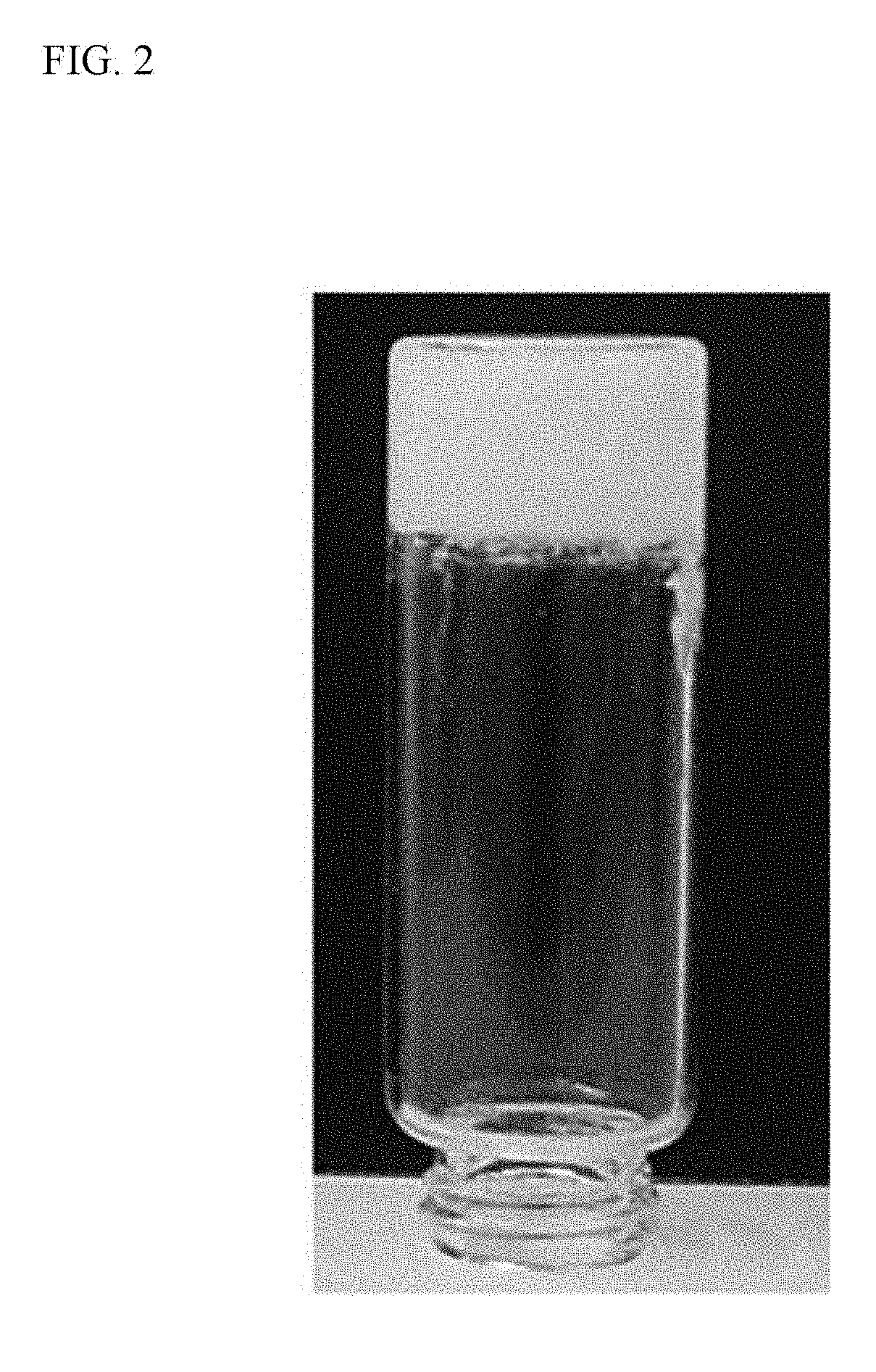Functional material including metal-organic framework, method of preparing the same, and photochemical sensor including the same
a technology of metal-organic frameworks and functional materials, which is applied in the direction of luminescent compositions, fluorescence/phosphorescence, instruments, etc., can solve the problems of affecting the luminescence performance of the material, requiring a relatively high cost of industrial scale-up, and a relatively high cost of synthesis of rare earth complexes, etc., to achieve the effect of suppressing photo-bleaching or concentration quenching, improving luminescent characteristics and photochemical detecting performan
- Summary
- Abstract
- Description
- Claims
- Application Information
AI Technical Summary
Benefits of technology
Problems solved by technology
Method used
Image
Examples
Embodiment Construction
[0057]Example embodiments will hereinafter be described in detail, and may be easily performed by those who have common knowledge in the related art. However, this disclosure may be embodied in many different forms and is not construed as limited to the example embodiments set forth herein.
[0058]Hereinafter, the term “combination thereof” refers to a mixture, a stack, a complex, a copolymer, an alloy, a blend, a reaction product, etc. of constituents.
[0059]In example embodiments, a functional material includes a porous metal-organic framework (MOF) including an organic ligand derived from benzenedicarboxylic acid and a metal ion cluster coordination-bonded with the organic ligand, and a luminescent molecule in pores of the MOF.
[0060]The MOF may be a kind of host, and the luminescent molecule may be kind of guest confined in pores of the MOF. The functional material having the host-guest structure may have a nanoparticle form which is photochemically active and structurally stable, a...
PUM
 Login to View More
Login to View More Abstract
Description
Claims
Application Information
 Login to View More
Login to View More - R&D
- Intellectual Property
- Life Sciences
- Materials
- Tech Scout
- Unparalleled Data Quality
- Higher Quality Content
- 60% Fewer Hallucinations
Browse by: Latest US Patents, China's latest patents, Technical Efficacy Thesaurus, Application Domain, Technology Topic, Popular Technical Reports.
© 2025 PatSnap. All rights reserved.Legal|Privacy policy|Modern Slavery Act Transparency Statement|Sitemap|About US| Contact US: help@patsnap.com



